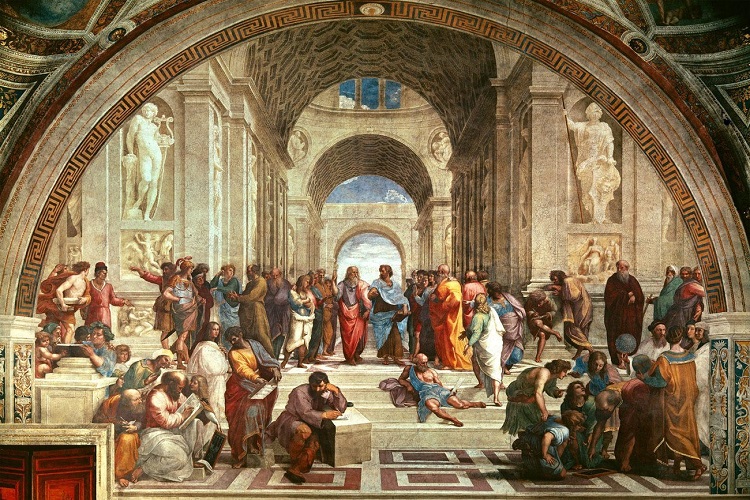A work is defined as “any kind of intellectual and artistic product bearing the characteristics of its creator and categorized under literary and scientific works, musical works, works of fine arts, or cinematographic works.” The fundamental principle in copyright ownership is that the person who creates the work is considered the copyright holder.
Rights arising from copyright ownership are divided into two categories: moral rights and economic rights. Moral rights include the right of disclosure to the public, the right to attribution, the right to prevent modification of the work, the right to access the original of the work, the right to exhibit the work, and the right to prevent the destruction of the work. Economic rights include the right to adapt, the right to reproduce, the right to distribute, the right to perform, the right to make the work available to the public, and the right to remuneration and resale rights.
These rights may be limited due to public order, public interest (for the general benefit), and private interest.
- Public Order
The rights granted to the author do not prevent the use of the work as evidence in court or before other official authorities. For administrative or judicial purposes, works may be reproduced and distributed in any manner without the author’s consent by official authorities or by others acting under their order.
- Public Interest (General Benefit)
This category is subdivided into four exceptions.
- Exceptions for Legislation, Jurisprudence, and Public Speeches
The reproduction, distribution, adaptation, or any form of use of officially published or announced legislation and decisions is free of restriction. Speeches made in the Grand National Assembly of Turkey, other official assemblies and congresses, courts, or at public meetings may be reproduced, publicly read, or otherwise disseminated for the purpose of providing news or information. Unless under special circumstances, it is not mandatory to name the speaker.
- Exceptions for Educational Purposes
Published works may be performed in all educational institutions, directly or indirectly, for face-to-face educational purposes, without profit-making intention, provided that the name of the author and the work are stated in the usual manner. Creating anthologies or compilations for educational use by quoting from published musical, literary, scientific, or publicly disclosed works of fine art is permitted, provided there is a legitimate reason and the author and work are cited.
- Exceptions for Quotation
Permissible forms of quotation include:
1. Incorporating certain sentences or paragraphs from a publicly available literary or scientific work into an independent literary or scientific work,
2. Including themes, motifs, passages, or conceptual parts of a published musical work into an independent musical work,
3. Including publicly disclosed fine art works or other published works in a scientific work for legitimate reasons and for the purpose of clarification,
4. Displaying publicly disclosed fine art works in scientific conferences or lectures using projectors or similar means for clarification.
Quotations must be made in a way that clearly indicates the source. In scientific works, the name of the work used and its author, as well as the quoted section, must be specified.
- Exceptions for Newspaper Content and News Reporting
Except where otherwise stipulated, daily news released by the press or radio may be freely quoted. Articles or columns related to news published in newspapers or magazines may be copied or adapted and published by other newspapers or magazines, provided that the right to quote is not explicitly reserved. Parts of intellectual and artistic works may be included in daily news reporting for the purpose of information, without exceeding the scope of news reporting. These parts may be reproduced, distributed, performed, and published freely.
- Private Interest
All intellectual and artistic works may be reproduced for personal use without a commercial purpose. In the absence of contrary contractual provisions, and where necessary for the intended use of a computer program, it may be reproduced and adapted by the person who has lawfully acquired it.

